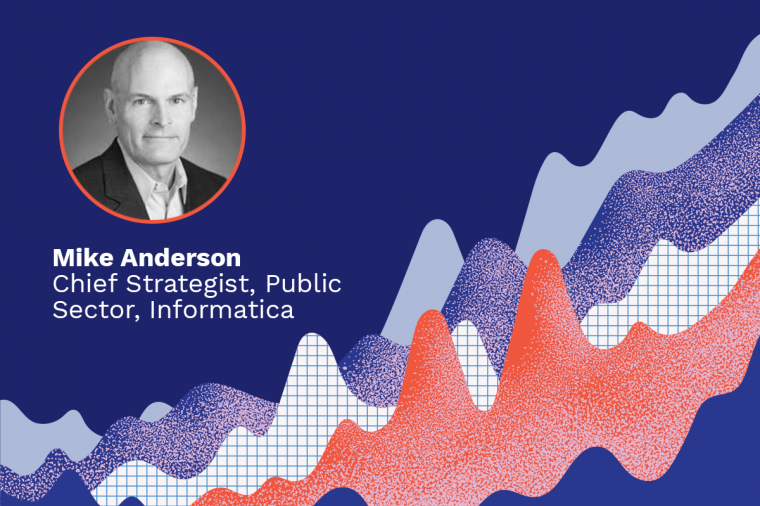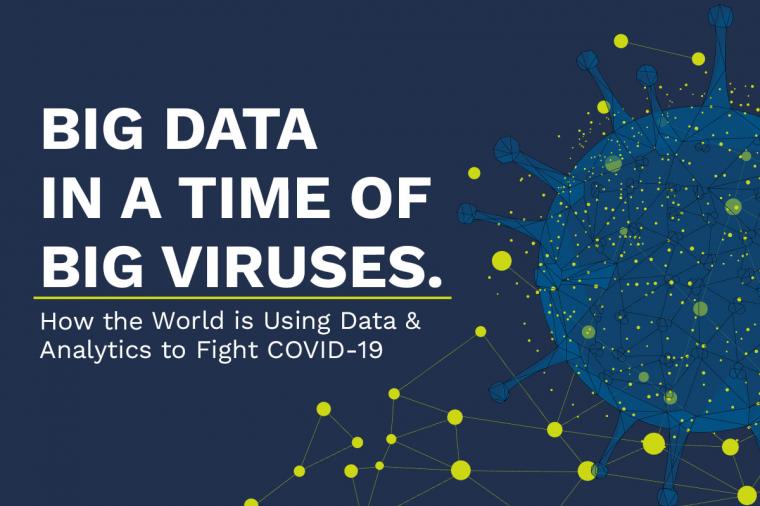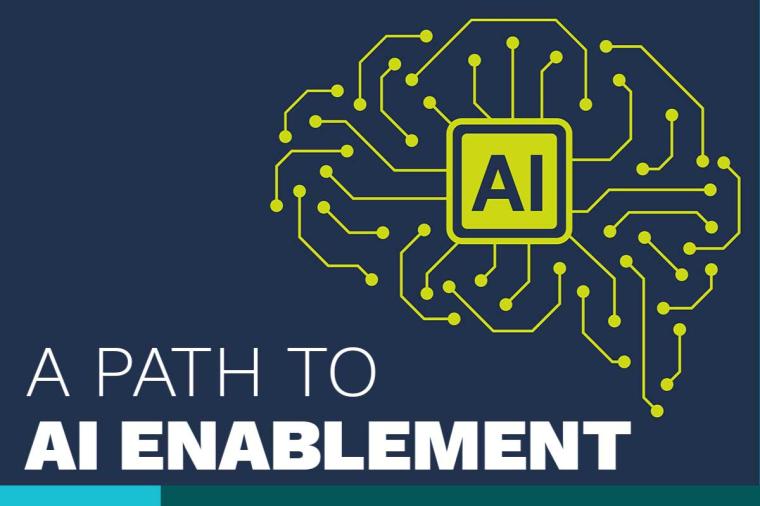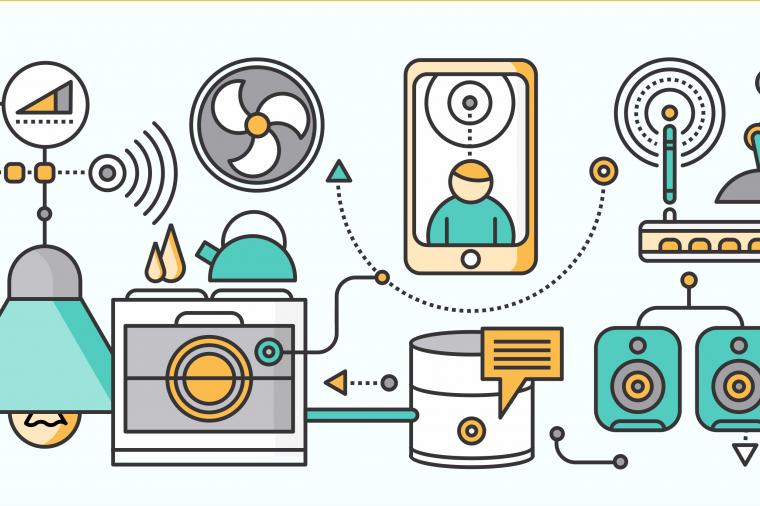
Machine learning (ML) and artificial intelligence (AI) could very well be the next major technological advancements that change the way federal IT pros work. These technologies can provide substantial benefits to any IT shop, particularly when it comes to security, network, and application performance.
Yet, while the federal government has been funding research into AI for years, most initiatives are still in the early stages. The reason for this is preparation: it’s critically important to prepare for AI and machine learning technologies—adopting them in a planned, purposeful manner—rather than simply applying them haphazardly to current challenges and hoping for the best.
Definition and Benefits of AI
From a high-level perspective, machine learning-based technologies create and enhance algorithms that identify patterns in large sets of data. Artificial intelligence is the ability for machines to continuously learn and apply cross-domain information to make decisions and act.
For example, AI technology allows computers to automatically recognize a threat to an agency’s infrastructure, automatically respond, and automatically thwart the attack without the assistance of the IT team.
But, remember, planning and preparation are absolutely necessary before agencies dive into AI implementation.
Preparing for AI
From a technology perspective, it’s important to be sure agency data is ready for the shift. Remember that machine learning technologies learn from existing data. Most agencies have data centers full of information—some clean, some not. To prepare, the absolute first step is to clean up the agency’s data store to ensure bad data doesn’t lead to bad automatic decisions.
Next, prepare the network by implementing network automation. Network automation will allow federal IT pros to provision a large number of network elements, for example, or automatically enhance government network performance. A good network automation package will provide insights—and automated response options—for fault, availability, performance, bandwidth, configuration, and IP address management.
Finally, strongly consider integrating any information that is not already integrated. For example, integrating application performance data with network automation software can automatically enhance performance. In fact, this integration can go one step further; integrating historical data will allow the system to predict an impending spike in demand and automatically increase bandwidth levels or enable the necessary computing elements to accommodate the spike. While network automation is powerful and can start your organization down the path to prepare for AI-enabled solutions, there is a big difference between network automation and AI.
Conclusion
This type of preparation provides two of the most essential elements of a successful AI implementation: efficiency and visibility. If an agency’s network is not already as efficient as it can be—and if the different elements of the infrastructure are not already linked—advanced technologies will not be anywhere near as effective as they could be if the pieces were already in place, ready to take the agency to the next level.
Article by Mav Turner, VP of Product Strategy – SolarWinds

















